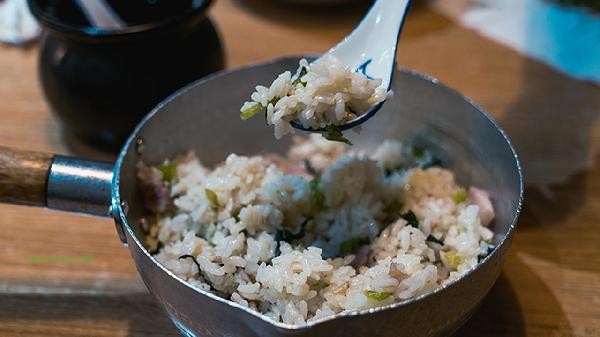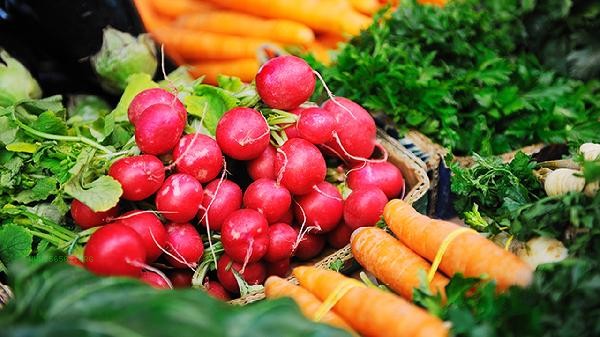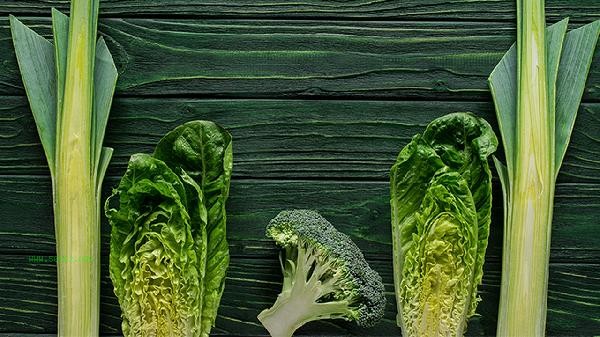Novice vegetable wholesalers need to master key aspects such as sourcing channels, market analysis, capital planning, transportation and storage, and customer maintenance when entering the industry.

1. Source of goods
Finding a stable and reliable supply base is the top priority, which can be achieved by signing long-term cooperation agreements with surrounding farmers or contacting large-scale vegetable planting bases. Understand the seasonal vegetable varieties in different seasons to ensure fresh supply and reasonable prices. Establish multiple backup suppliers to cope with the risk of sudden stockouts, prioritizing high-quality sources with organic certification or green food labeling.
2. Market Analysis
Research the consumption preferences and price fluctuations of the target market, and record the procurement needs of surrounding agricultural markets, supermarkets, and catering enterprises. Pay attention to the impact of weather forecasts on vegetable yields and predict price trends. Regularly analyze competitors' category structure and pricing strategies, and differentiate between high demand and low supply specialty vegetables.
3. Fund Planning
Reserve sufficient working capital for advance payment of goods and transportation costs. It is recommended to control the purchase volume of individual products in the initial stage to reduce the risk of loss. Calculate fixed expenses such as warehouse rent and labor costs, and set breakeven sales targets. You can apply for small and micro enterprise loans or negotiate payment terms with suppliers to avoid a broken funding chain.

4. Transportation and storage
Equipped with professional cold chain vehicles or cooperating with logistics companies, leafy vegetables need to maintain a low temperature and high humidity environment, and root and stem vegetables need to be protected from bumps. The warehouse should store vegetables with different temperature requirements in different zones and install ventilation and moisture-proof facilities. Establish a first in, first out inventory management system, conduct daily inspections of decay and deterioration, and promptly handle them.
5. Customer Maintenance
provides value-added services such as clean dish processing for catering customers and implements a tiered pricing strategy for retailers. Establish customer profiles to record procurement cycles and special requirements, and conduct regular follow-up visits to collect feedback. Publish daily prices and new product information through WeChat groups, and offer discounts such as shipping subsidies to long-term customers.

Novices can start by testing a small amount of easy to store root vegetables such as potatoes and onions, gradually expanding into high loss categories such as leafy greens. Record the cost and loss data of each link daily, and review and adjust the business strategy after three months. Suggest participating in agricultural product trade fairs to expand industry connections and learn from the quality control experience of large wholesalers. Pay attention to obtaining necessary qualifications such as a food business license, and purchase cargo insurance to reduce business risks. Maintain communication with the agricultural department and obtain timely information on planting subsidy policies.








Comments (0)
Leave a Comment
No comments yet
Be the first to share your thoughts!